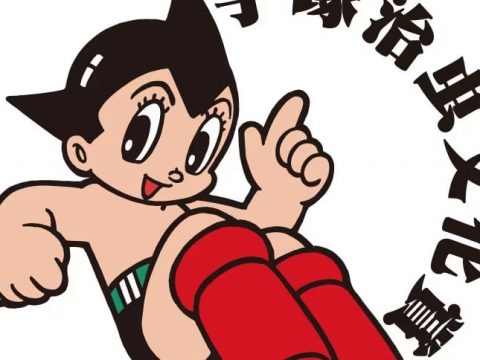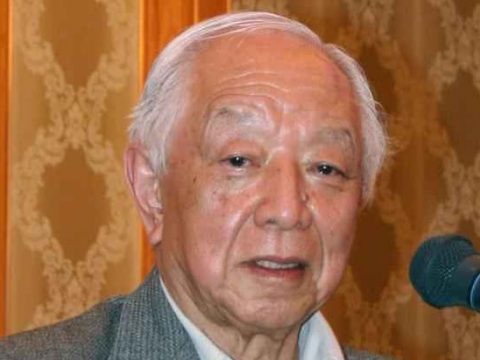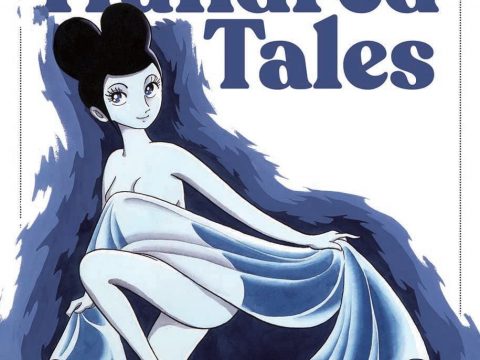 Remember that famous anime character who was on TV in the US back in the 60s? The little robot boy who flew around and saved folks from bad guys? Yes, I’m talking about Mighty Atom. Er, Astro Boy. Right.
Remember that famous anime character who was on TV in the US back in the 60s? The little robot boy who flew around and saved folks from bad guys? Yes, I’m talking about Mighty Atom. Er, Astro Boy. Right.
Astro Boy’s American renaming has made adapting various related works (e.g., Pluto) a bit difficult, as translators have to choose between loyalty to the original title (Tetsuwan Atomu or “Mighty Atom”) and its better-known localized version. For US audiences, a show called Atom: The Beginning may seem like just another anime, but in Japan it’s clear that this is an origin story for the hero of the first TV anime, Astro Boy. Like many contemporary adaptations of the work of Atom/Astro’s creator, Osamu Tezuka, The Beginning rarely lives up to that legacy.
Ironically, Atom/Astro doesn’t show up in the six episodes of The Beginning that have aired at the time of this writing. Instead, the series follows two genius robotics graduate students, Umataro Tenma and Hiroshi Ochanomizu, as they seek to build a robot that is both super-powerful and able to mimic the workings of the human heart. Of course, later in life Tenma will go on to build Atom, and after he disowns his robot son, Ochanomizu will raise him as his own. For now all they’ve got is A106 or “Six,” a rudimentary robot who has the beginnings of the unique AI that will later power the greatest robot on Earth.
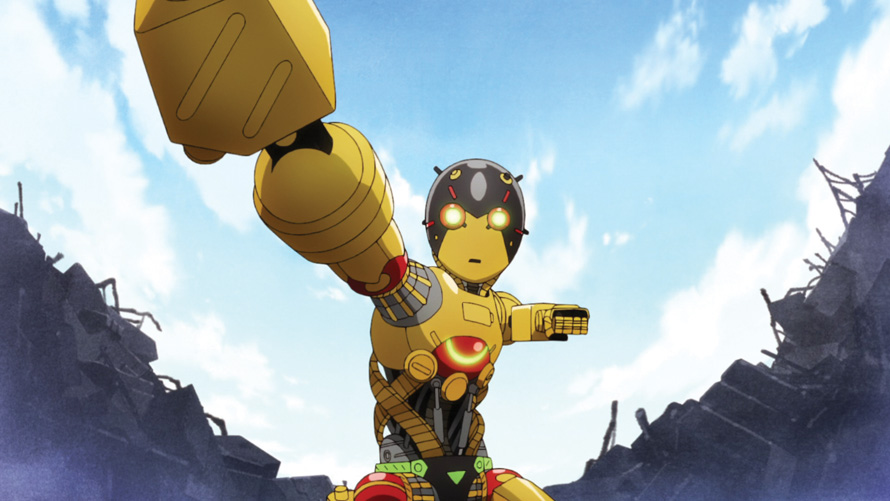
The manga source material is basically Astro Boy fan fiction, but crafted by two accomplished creators in their own right: Masami Yuuki (Birdy the Mighty) and Tetsuro Kasahara (Rideback). Elements of both of their prior work are clearly apparent, from A106’s occasional superpowered battles to the college setting, but like most fan fiction, The Beginning lives and dies by the strength of its relationship to the original work.
It’s at its best when appealing to nostalgia. Tenma and Ochanomizu argue over the same fundamental questions of robotic ethics that drive Atom/Astro’s story, and there are clear hints to where those debates will lead them later in life. Shunsaku Ban, a mustachioed detective character that Tezuka often used in his manga, shows up, but as a teenager (his dad, KENsaku Ban, looks exactly like the adult SHUNsaku).
And there are lots of little design choices, from Ochanomizu’s large nose to A106’s red feet, that call back to the original.
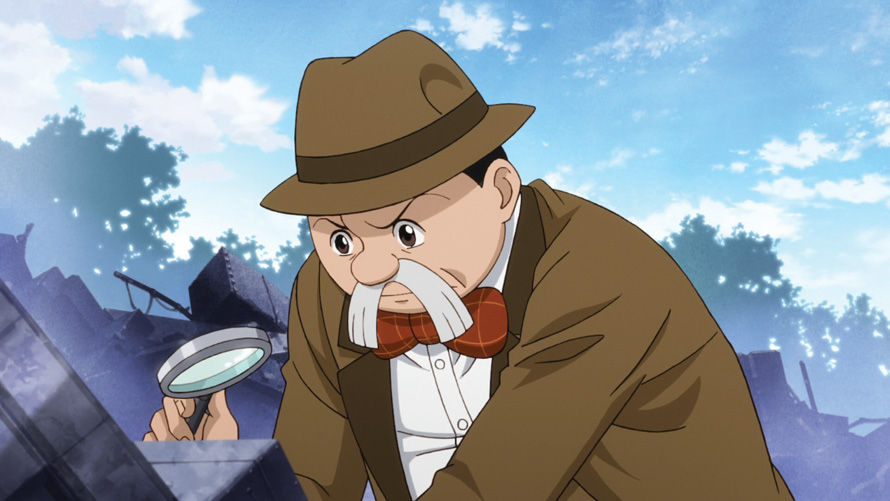
Unfortunately, there’s so little of interest going on in the main plot of The Beginning that it holds limited value for fans unfamiliar with the Astro Boy canon. There’s an underlying conspiracy of some sort coalescing, with A106 often jumping in to save the day from the bad guys, but most of the time the series seems comprised of what feel like filler episodes (there’s even a school festival one). The conflicts often have surprisingly low stakes, especially compared to the ambitious science fiction of the original Astro Boy. Perhaps the story will deepen as it goes, but so far there’s not much there.
Thankfully, the characters have a lot of personality: Ochanomizu is a big-hearted crybaby and Tenma is a lazy jerk with delusions of grandeur. Filling out the cast is Motoko, a student who’s inexplicably in love with Ochanomizu, and the real star of the show, Ochanomizu’s little sister Ran. She’s a shy robotics nerd with a massive crush on A106, a fact that forms the basis for most of the series’ funniest gags. (And for the Astro Boy nerds: she’s clearly supposed to be the inspiration for his robot sister Uran.)
It’s hard to recommend Atom: The Beginning. Despite being an origin story for one of anime’s all-time great heroes, it’s just not all that interesting on its own merits. This is a show best suited for people like me who never tire of seeing Astro Boy told and retold in various forms, even when they’re frankly not very good.
studio/company: Anime Strike (Amazon)
available: Now (Streaming)
rating: Not Rated
This story appears in the October 2017 issue of Otaku USA Magazine. Click here to get a print copy.


